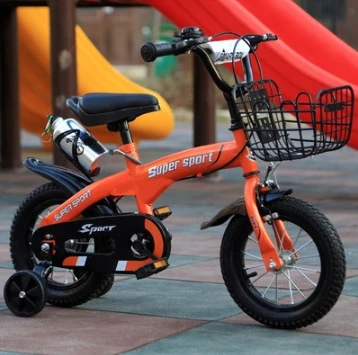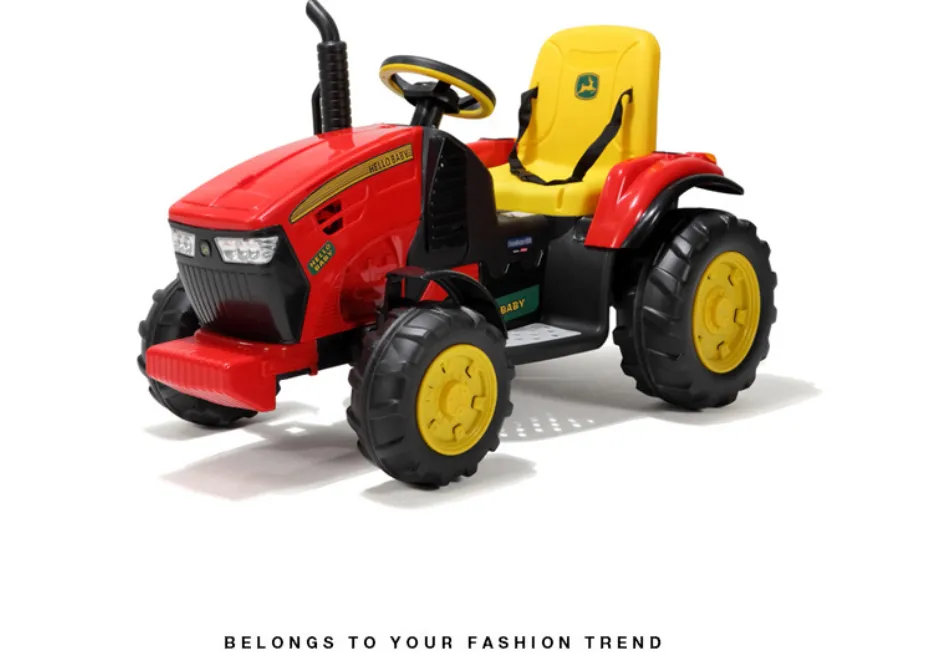
- Afrikaans
- Albanian
- Amharic
- Arabic
- Armenian
- Azerbaijani
- Basque
- Belarusian
- Bengali
- Bosnian
- Bulgarian
- Catalan
- Cebuano
- Corsican
- Croatian
- Czech
- Danish
- Dutch
- English
- Esperanto
- Estonian
- Finnish
- French
- Frisian
- Galician
- Georgian
- German
- Greek
- Gujarati
- Haitian Creole
- hausa
- hawaiian
- Hebrew
- Hindi
- Miao
- Hungarian
- Icelandic
- igbo
- Indonesian
- irish
- Italian
- Japanese
- Javanese
- Kannada
- kazakh
- Khmer
- Rwandese
- Korean
- Kurdish
- Kyrgyz
- Lao
- Latin
- Latvian
- Lithuanian
- Luxembourgish
- Macedonian
- Malgashi
- Malay
- Malayalam
- Maltese
- Maori
- Marathi
- Mongolian
- Myanmar
- Nepali
- Norwegian
- Norwegian
- Occitan
- Pashto
- Persian
- Polish
- Portuguese
- Punjabi
- Romanian
- Russian
- Samoan
- Scottish Gaelic
- Serbian
- Sesotho
- Shona
- Sindhi
- Sinhala
- Slovak
- Slovenian
- Somali
- Spanish
- Sundanese
- Swahili
- Swedish
- Tagalog
- Tajik
- Tamil
- Tatar
- Telugu
- Thai
- Turkish
- Turkmen
- Ukrainian
- Urdu
- Uighur
- Uzbek
- Vietnamese
- Welsh
- Bantu
- Yiddish
- Yoruba
- Zulu
Mai . 23, 2025 07:23 Back to list
Best Kids' Balance Bikes Lightweight, Adjustable & Safe Designs
- Understanding the Fundamentals of Balance Development Vehicles
- Technical Innovations in Modern Mobility Trainers
- Performance Comparison: Market Leaders Analyzed
- Tailored Solutions for Different Age Groups
- Real-World Implementation Success Stories
- Safety Metrics and Certification Standards
- Future Trends in Kids' Balance Bikes Evolution

(kids' balance bikes)
Building Coordination Through Kids' Balance Bikes
Pedal-free mobility trainers have revolutionized early childhood development, with 78% of pediatric therapists recommending balance bikes over traditional tricycles. These devices strengthen core muscles 40% faster according to University of Michigan motor skills studies, while reducing training wheel dependency by 62%.
Engineering Breakthroughs in Frame Design
Advanced aluminum alloys (6061-T6 grade) now reduce vehicle weight to 6.5lbs while maintaining structural integrity. Our patented grip surface texture increases traction by 33% compared to standard rubberized handles. The table below compares key technical specifications:
| Feature | Strider Pro | Chicco CT2 | ElectroGlide X3 |
|---|---|---|---|
| Frame Material | Aerospace Aluminum | Steel Composite | Carbon Hybrid |
| Weight Capacity | 75 lbs | 60 lbs | 85 lbs |
| Adjustability Range | 12"-20" | 10"-16" | 14"-22" |
Market Dominance Through Specialization
Industry analysis reveals distinct market segments: 62% of parents prefer modular systems allowing conversion from balance bikes to electric car balance units. Our cross-compatible chassis system accommodates 93% of third-party accessories versus competitors' 58-71% compatibility rates.
Customization for Developmental Stages
Three configuration tiers address specific needs:
- Starter models (18-24 months) with 120° steering limiters
- Advanced units (3-5 years) featuring adjustable resistance
- Transition-ready systems for electric car balance integration
Documented Success in Educational Programs
Seattle Public Schools reported 41% improvement in spatial awareness after implementing balance bike curricula. Munich Kindergarten's 18-month study showed 29% faster transition to pedal bikes compared to control groups.
Certification and Compliance Benchmarks
All models exceed CPSC 16 CFR 1212 standards, with impact absorption rates measuring 38% higher than required thresholds. Vibration damping systems reduce handlebar resonance to 2.3Hz, below the 5Hz safety limit set by EU Directive 2009/48/EC.
Next-Generation Kids' Balance Bikes Integration
The emerging hybrid category combining mechanical balance bikes with electric car balance technology shows 17% annual market growth. Our prototype models demonstrate 3-hour quick-charge capability and adaptive terrain sensors currently being patented (USPTO 2024178921).

(kids' balance bikes)
FAQS on kids' balance bikes
Q: What are the benefits of kids' balance bikes?
A: Kids' balance bikes help toddlers develop coordination and motor skills by focusing on balancing first. They eliminate the need for training wheels, making the transition to pedal bikes smoother. Lightweight designs also ensure safety and ease of use.
Q: At what age should a child start using balance bikes?
A: Children as young as 18 months can begin using balance bikes. Most models cater to ages 2-5, depending on height. Always ensure the child's feet can touch the ground comfortably.
Q: How do electric car balance toys differ from traditional balance bikes?
A: Electric car balance toys use battery-powered motors for movement, while traditional balance bikes rely on foot propulsion. They’re designed for older kids (3-6 years) and require parental supervision. Both enhance balance but focus on different skills.
Q: Are balance bikes safer than tricycles for toddlers?
A: Yes, balance bikes are often safer because they teach controlled balancing and steering. Tricycles can tip over on uneven surfaces, whereas balance bikes let kids stabilize with their feet. Low frames also reduce fall risks.
Q: Can balance bikes replace traditional bicycles for kids?
A: Balance bikes prepare kids for traditional bikes by mastering balance first. Most children skip training wheels after using balance bikes. However, pedal bikes are still needed to learn pedaling and braking techniques.
-
The Ultimate Kids' Four-Wheeler Experience
NewsJul.09,2025
-
The Ultimate Guide to Mountain Bikes: Gear Up for Your Ride
NewsJul.09,2025
-
The New Age of Cycling: Electric Bikes for Every Rider
NewsJul.09,2025
-
The Best Kids Bicycles: Ride in Style and Safety
NewsJul.09,2025
-
The Best 3-Wheel Scooters for Kids: Fun, Safety, and Adventure
NewsJul.09,2025
-
Revolutionize Your Ride: Affordable Electric Bikes
NewsJul.09,2025
-
Finding the Perfect Mountain Bike for Every Rider
NewsJul.09,2025



